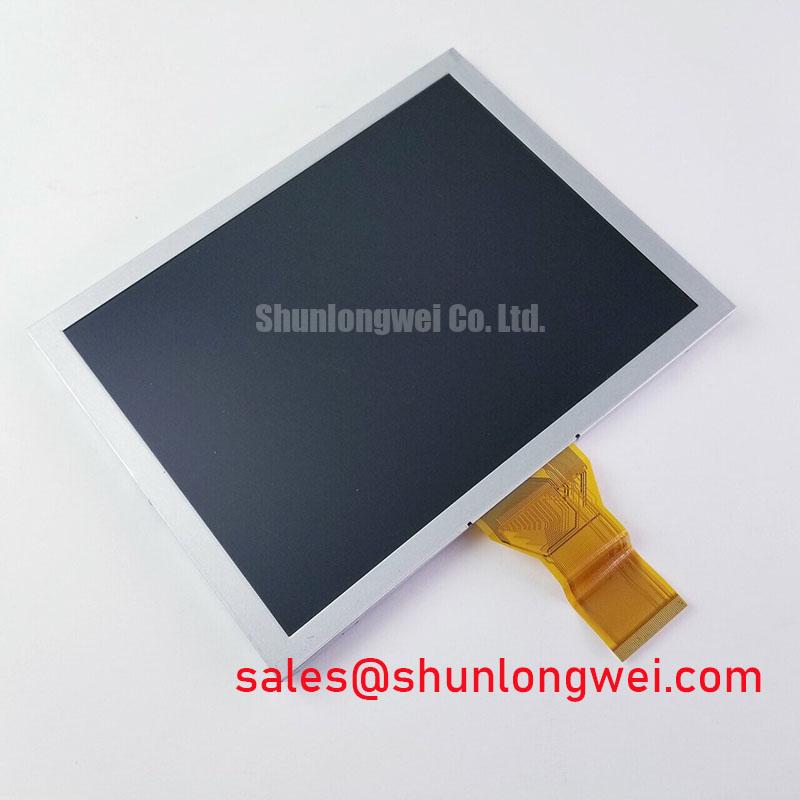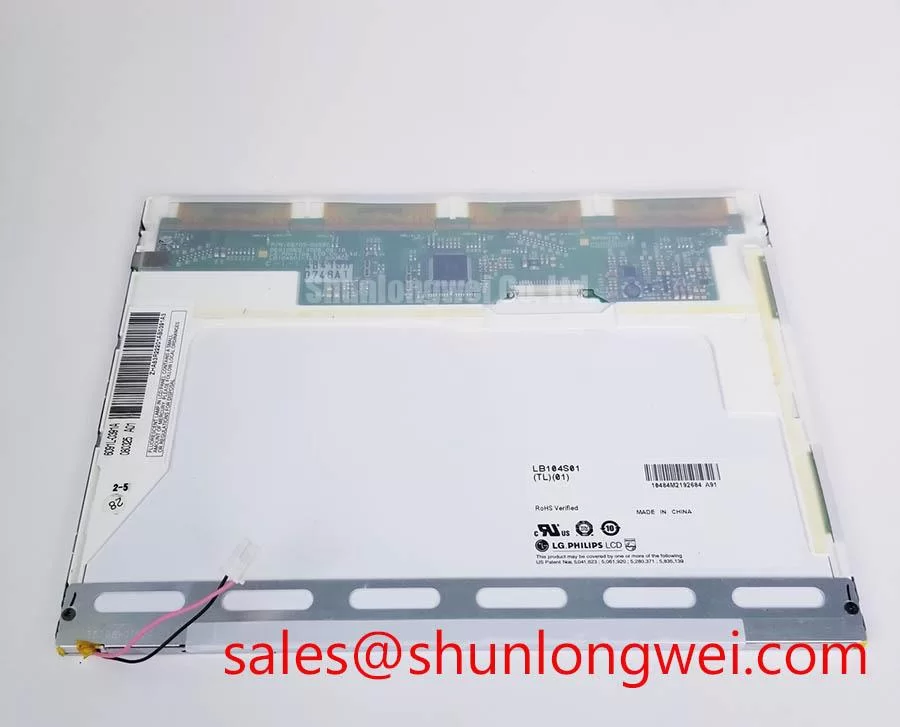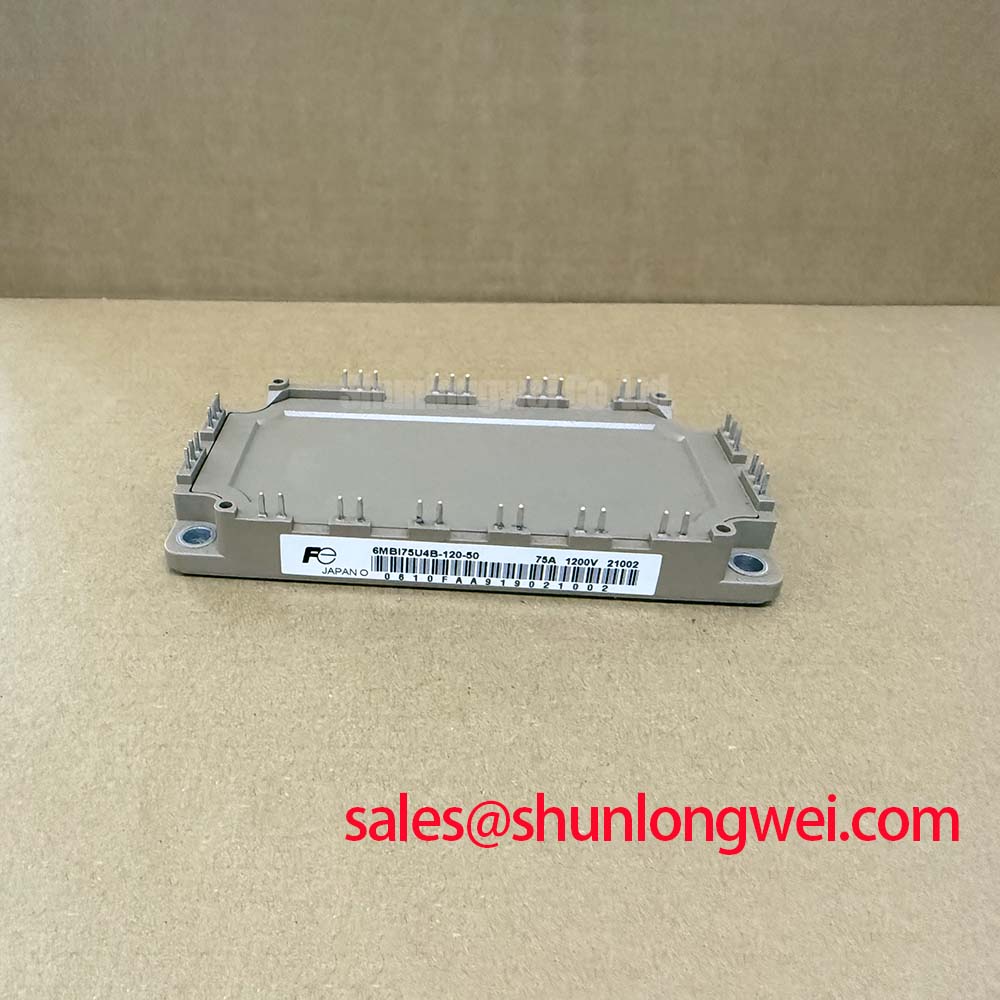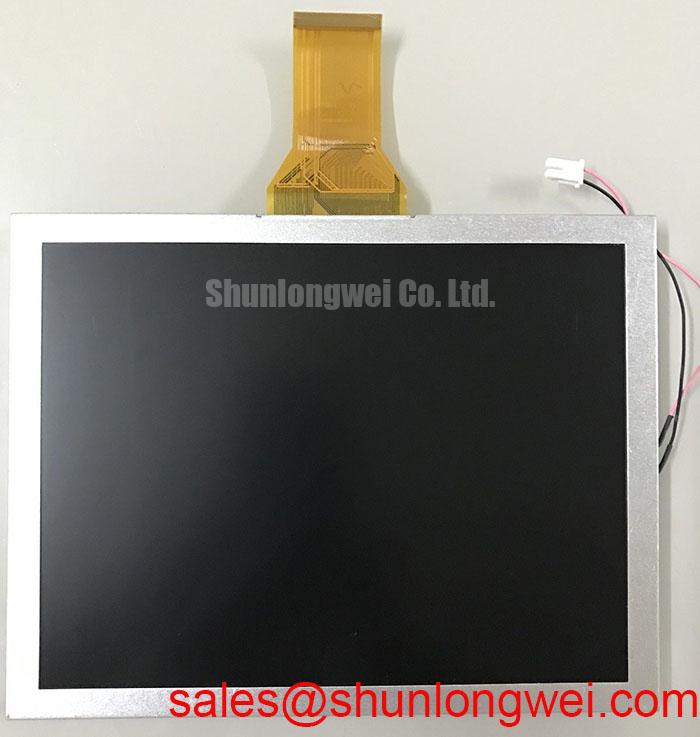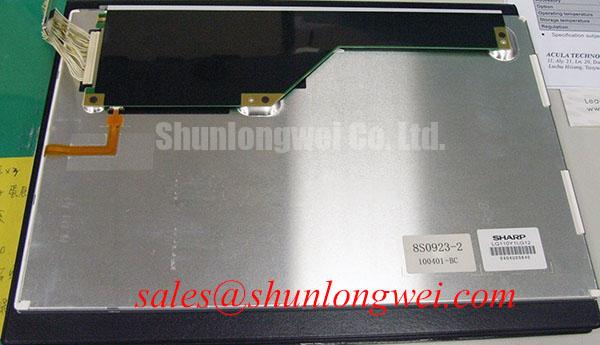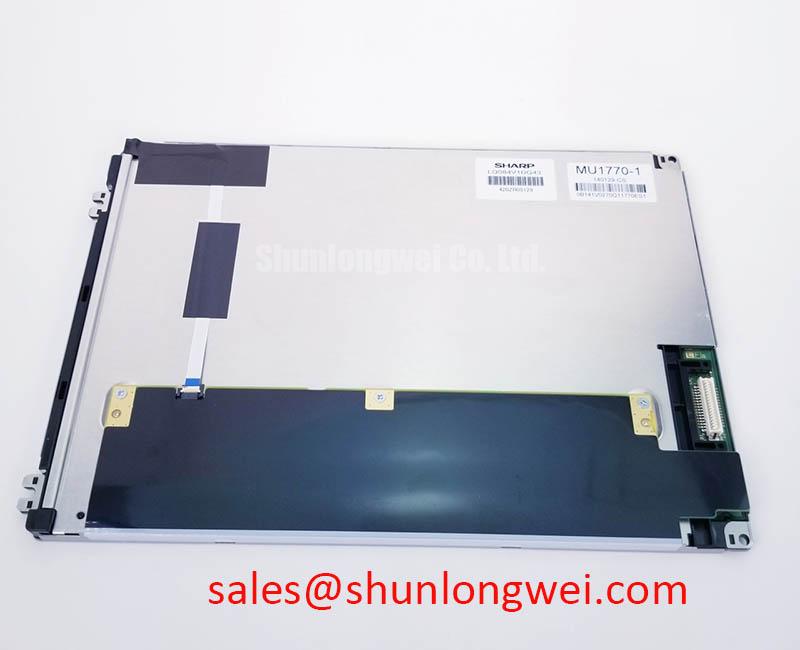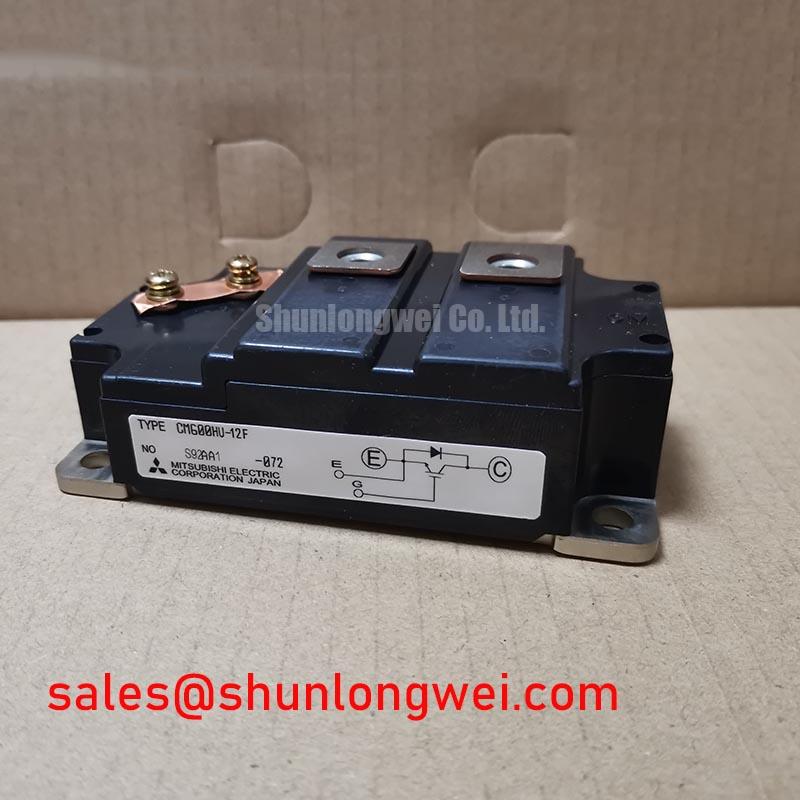Innolux AT080TN52 V.3: Engineered for Stability in 4:3 Industrial and Medical HMIs
The Innolux AT080TN52 V.3 is an 8.0-inch a-Si TFT-LCD panel engineered with a singular focus: providing a stable, reliable, and easily integrated display solution for systems built around the classic 4:3 aspect ratio. In an industry increasingly dominated by widescreen formats, the AT080TN52 V.3 stands as a critical component for ensuring the longevity and serviceability of a vast installed base of industrial machinery, medical devices, and specialized instrumentation. Its design prioritizes seamless hardware compatibility and long-term performance over superfluous features, making it the definitive choice for targeted applications.
Technical Deep Dive: Purpose-Built for Integration
The engineering value of the Innolux AT080TN52 V.3 lies not in pushing performance boundaries, but in its meticulous adherence to proven, robust technologies that simplify design and guarantee operational consistency. Two core features underscore this philosophy: the native 4:3 aspect ratio and the parallel RGB interface.
- The 4:3 SVGA Format: The 800x600 SVGA resolution in a 4:3 aspect ratio is a cornerstone of legacy HMI design. For engineers maintaining or upgrading existing systems, the AT080TN52 V.3 eliminates the need for costly and time-consuming UI redesigns. It prevents the image distortion or letterboxing that occurs when forcing a 4:3 graphical user interface onto a widescreen display, ensuring that critical data and controls are rendered with absolute fidelity.
- Direct Parallel RGB Interface: The display utilizes a 50-pin Parallel RGB (1 ch, 6-bit) interface. This architecture offers a direct, straightforward connection to a wide range of microcontrollers and system-on-chips (SoCs) with integrated display controllers. For design engineers, this translates to reduced driver board complexity, a lower system bill of materials (BOM), and simplified firmware development compared to serialized interfaces like LVDS. This is a crucial advantage in cost-sensitive and established embedded systems. A similar workhorse for different requirements can be found in the AT080TN64, which offers a slightly different feature set for diverse applications.
Application Scenarios and Value Proposition
The AT080TN52 V.3 is not a general-purpose display; it is a strategic component for specific, high-stakes environments. Its value is most evident where reliability and consistency are paramount.
Consider a fleet of patient monitoring systems deployed in hospitals, originally designed with an 8-inch 4:3 panel. When these displays reach their end-of-life, sourcing a form, fit, and function replacement is critical. A modern widescreen panel would require hardware modification and extensive software re-validation, a process that is both expensive and regulatorily complex. The AT080TN52 V.3 serves as a direct drop-in replacement, enabling field technicians to perform repairs quickly, minimizing equipment downtime, and extending the operational life of vital medical assets without triggering a full-scale redesign project.
This principle extends to factory automation control panels, laboratory analysis equipment, and portable diagnostic tools where the user interface has been perfected over years of operational use. You can explore more about the fundamentals of this technology in our guide to TFT-LCDs for industrial applications.
Key Parameters Overview
The specifications of the AT080TN52 V.3 are tailored for consistent performance in controlled industrial environments. The 500:1 contrast ratio and 250 nit brightness deliver clear, legible content for typical indoor use. The WLED backlight system is rated for a 20,000-hour lifetime, providing a predictable maintenance and replacement schedule essential for calculating total cost of ownership. For projects demanding higher performance, such as wider viewing angles, an IPS-based panel like the G101EVN01.0 may be a suitable alternative.
| Parameter | Specification |
|---|---|
| Model Name | AT080TN52 V.3 |
| Screen Size | 8.0 inch |
| Resolution | 800(RGB)×600, SVGA |
| Aspect Ratio | 4:3 (W:H) |
| Display Technology | a-Si TFT-LCD, TN, Normally White |
| Brightness | 250 cd/m² (Typ.) |
| Contrast Ratio | 500:1 (Typ.) (TM) |
| Viewing Angle | 70/70/50/70 (Typ.)(CR≥10) (L/R/U/D) |
| Interface Type | Parallel RGB (1 ch, 6-bit), 50 pins FPC |
| Backlight | WLED, 20K hours, Without Driver |
| Operating Temperature | -10 ~ 60 °C |
| Surface Treatment | Antiglare |
Download the Complete Datasheet
Frequently Asked Technical Questions
1. Why is a Twisted Nematic (TN) panel used for the AT080TN52 V.3?
TN panel technology, a type of a-Si TFT, is selected for its cost-effectiveness and fast pixel response times. For the majority of industrial HMI applications featuring static data, simple graphics, or text-based menus, the viewing angles of a TN panel are perfectly adequate and provide a highly reliable, economical solution.
2. What are the main challenges when integrating a parallel RGB interface?
The primary considerations are signal integrity and timing. The high number of parallel data lines makes the connection susceptible to noise and crosstalk, especially over longer FPC cable lengths. Engineers must ensure the host processor's display controller timings (HSYNC, VSYNC, DOTCLK) are precisely matched to the datasheet specifications to avoid artifacts like flickering or data shift.
3. Can the AT080TN52 V.3 be used in outdoor applications?
With a typical brightness of 250 nits, the AT080TN52 V.3 is designed for indoor or controlled-light environments. It is not a sunlight-readable display. For outdoor or high ambient light conditions, a panel with a brightness of 800 nits or higher would be necessary. Maintaining the screen is also critical, as outlined in our guide to industrial display maintenance.
For engineering teams seeking a proven, no-compromise display for established 4:3 HMI platforms, the Innolux AT080TN52 V.3 offers an unparalleled combination of targeted design, long-term availability, and integration simplicity. Contact us to discuss your project's specific requirements or to request a quotation.

